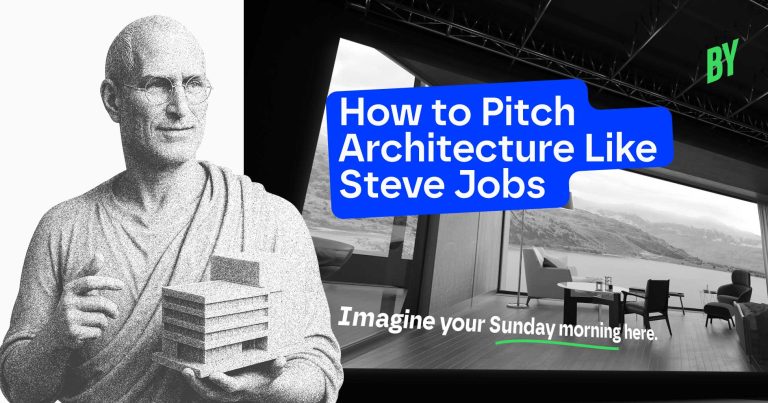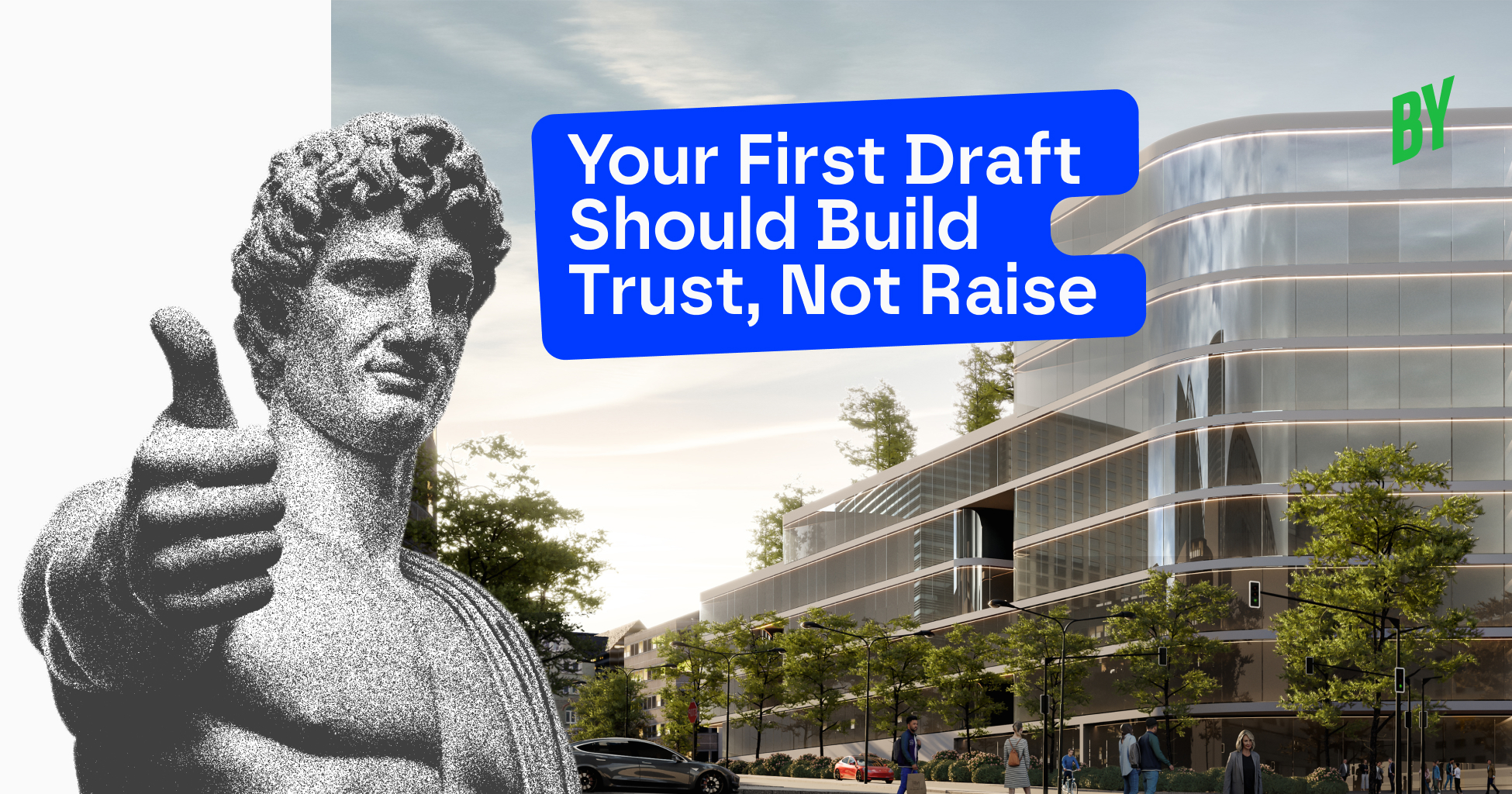The 95–50–10 Rule
You might think your draft is 95% done. The architect thinks it’s 50% done. The client sees it as 10% done.
Why? Because you, as the visualizer, fill in the gaps automatically. They don’t.
This gap isn’t a flaw—it’s psychology. And your first draft needs to bridge it.
You can’t assume they’ll imagine the final result. You have to lead them toward it—visually and emotionally.
What a Good First Draft Actually Looks Like
No, it doesn’t need to be perfect. But it should be emotionally clear.
The lighting should feel right. The atmosphere should match the tone. Camera angles should already be working.
You don’t need the final styling or materials locked in. You need the scene to feel real enough to believe.
The draft should say: “This is the direction.” And it should say it with confidence.
Avoid the Need for Constant Approval
One mistake many artists make is asking for micro-feedback at every stage. “Is this okay?” “Should I change that?”
It seems collaborative. But it actually signals insecurity.
It also wastes time. Exporting multiple stages eats into your hours, drains your energy, and invites indecision.
Instead, take the time to send one strong early version. This shows leadership, not just process.
Does This Image Spark Trust or Confusion?
Ask yourself:
- Will a non-architect understand this scene?
- Does it feel intentional?
- Is it guiding emotion or creating questions?
Clients don’t see layers. They see one moment.
If that moment feels tentative, the whole project feels shaky.
A good draft doesn’t just update the project. It anchors the vision.
How to Balance Speed with Intent
Start strong. Use real-world scale. Dial in lighting that tells a mood. Frame camera angles that feel human.
Don’t waste time polishing every object. Just make sure the experience of the space is already coming through.
Think of it like scoring a film: You don’t need the final soundtrack. You just need the right mood to hold the scene.
How to Prevent Early-Stage Doubt
When you’re not ready to show it, don’t. Not to the client.
Show it to the architect. A peer. Yourself. Refine the elements that matter: mood, clarity, confidence. Leave the final finishes for later.
Because the first image they see frames their entire expectation. You don’t get to undo that impression. You only get to build on it—or fight against it.
What Should the First Draft Say?
It should say:
- “The mood is set.”
- “The light works.”
- “The space makes sense.”
- “We’re almost there.”
And it should never say:
- “This is just a model.”
- “Use your imagination.”
- “It’ll look better next time.”
You’re not giving them hope. You’re giving them belief.
Don’t Let the Client Be the Test Viewer
Clients don’t see the same way we do. And they shouldn’t have to.
They don’t analyze lens distortion or shadow softness. They respond to emotion.
When you share a half-finished render, they’ll question things that weren’t even problems. Because doubt is contagious.
Your job is to show something solid from the start. Something that says: “We understand this project. And we’re going to make it beautiful.”
The Real Goal of a First Draft
You’re not showing a finished render. You’re showing a confident beginning.
Enough clarity to build trust. Enough detail to inspire belief. Enough direction to avoid confusion.
Your first draft is your foundation. And if the foundation feels right, the rest of the build will too.
The Role of Story in Your First Draft
Want a secret weapon? Use story.
A well-placed object. A shaft of light at the right time. A single cue that hints at life.
These are the details that shift a render from technical to emotional. From “still building” to “almost ready.”
Tell a micro-story:
- A coffee cup on the counter
- An open book on the bed
- Light sneaking in from golden hour
If they feel the story, they’ll feel the trust.
Rehearsing the First Impression
Try this: Before you send it, put yourself in the client’s seat. Open the image full screen. No distractions.
What’s your immediate gut reaction?
- “I get it.”
- “I feel something.”
- “I want to see more.”
Or:
- “I don’t get it.”
- “This feels unfinished.”
- “Is something missing?”
You’ll know what to do next.
What a Strong First Draft Leads To
When your draft builds trust:
- Feedback becomes more focused
- Clients speak in vision, not worry
- You reduce rounds of revisions
- You build creative momentum
And you get something even more valuable: Creative trust.
That’s how you shift from vendor to partner.




